Japanese Audio Alchemy—The Mactone XX7000 Line Stage Preamplifier
production currently paused, but hopefully soon it will again be available
The post-WWII landscape of Japanese high-performance audio represents one of the most fascinating chapters in the story of recorded sound: a remarkable convergence of engineering precision, artistic sensibility, and cultural reverence for craftsmanship. What began as an industrial recovery effort blossomed into something far more profound: a multi-faceted ecosystem where technical innovation and aesthetic refinement achieved rare harmony.
The narrative typically begins with the corporate titans (Sony, Pioneer, Technics) whose technical prowess established Japan as an electronics powerhouse. Yet parallel to these global conquests, a more intimate revolution was taking shape in small workshops and specialized studios across the country. Here, master designers pursued audio reproduction not merely as commerce but as a calling.
Accuphase emerged with its distinctive golden-faced components, establishing a benchmark for meticulous solid-state engineering. Air Tight revitalized vacuum tube traditions with contemporary technical understanding. Kondo (Audio Note) elevated amplification to near-religious artistry with hand-wound silver transformers and gilded chassis work. Each represented a different philosophical approach to the reproduction of music, united by an unwavering commitment to excellence.
Within this rarefied atmosphere, several independent artisans developed cult-like followings: designers whose creations rarely crossed oceans but whose influence resonated throughout the audio world. Among these distinctive voices, Mactone established itself as one of the earlier pioneers, founded in 1964 by Kenjiro Matsumoto during a pivotal moment when large Japanese manufacturers were abandoning vacuum tubes for transistor amplifiers. Mactone bucked this trend, concentrating its efforts on valve gear, quietly refining its tube-based designs across decades while remaining steadfastly committed to its founding principles. Around the same period, other visionaries like Shindo Laboratory carved out their own aesthetic territories, each pursuing unique interpretations of timeless audio values.
What distinguishes these boutique Japanese manufacturers isn't merely their limited production or their often stratospheric prices: it's their fundamental approach to the relationship between technology and music. Where Western high-end often embraces technological disruption and constant innovation, these Japanese artisans tend toward evolutionary refinement: the patient perfection of established principles rather than their wholesale reinvention.
The components emerging from these workshops aren't merely assembled: they're cultivated through processes more akin to traditional crafts than modern manufacturing. Circuit topologies developed decades ago are meticulously optimized, component by component. Custom transformers are wound to exacting specifications. Chassis work reflects not only functional requirements but aesthetic and acoustic considerations.
It is within this context that we approach the Mactone XX7000: a preamp representing one venerable studio's distinctive perspective on musical truth, developed independently over generations of focused refinement. To understand its significance requires more than technical analysis; it demands appreciation for a cultural approach where craft, art, and engineering exist not as separate disciplines but as inseparable aspects of a unified pursuit.
The Design
The XX7000 ($21,500) embodies Mactone's distinctive visual aesthetic, with its substantial chassis featuring a champagne gold front faceplate that exudes refined elegance. The black main chassis contrasts with this warm metallic frontage, creating a sophisticated two-tone appearance that has become a signature for the company.
The front panel features minimalist controls: three precision-machined gold knobs (one large volume control on the right, matching input selector on the left, and a smaller control between them) alongside a central power indicator. The volume control employs a specially selected potentiometer that provides exceptionally smooth rotation while maintaining channel balance throughout its range. The input selector offers positive detents that engage with satisfying tactile feedback.
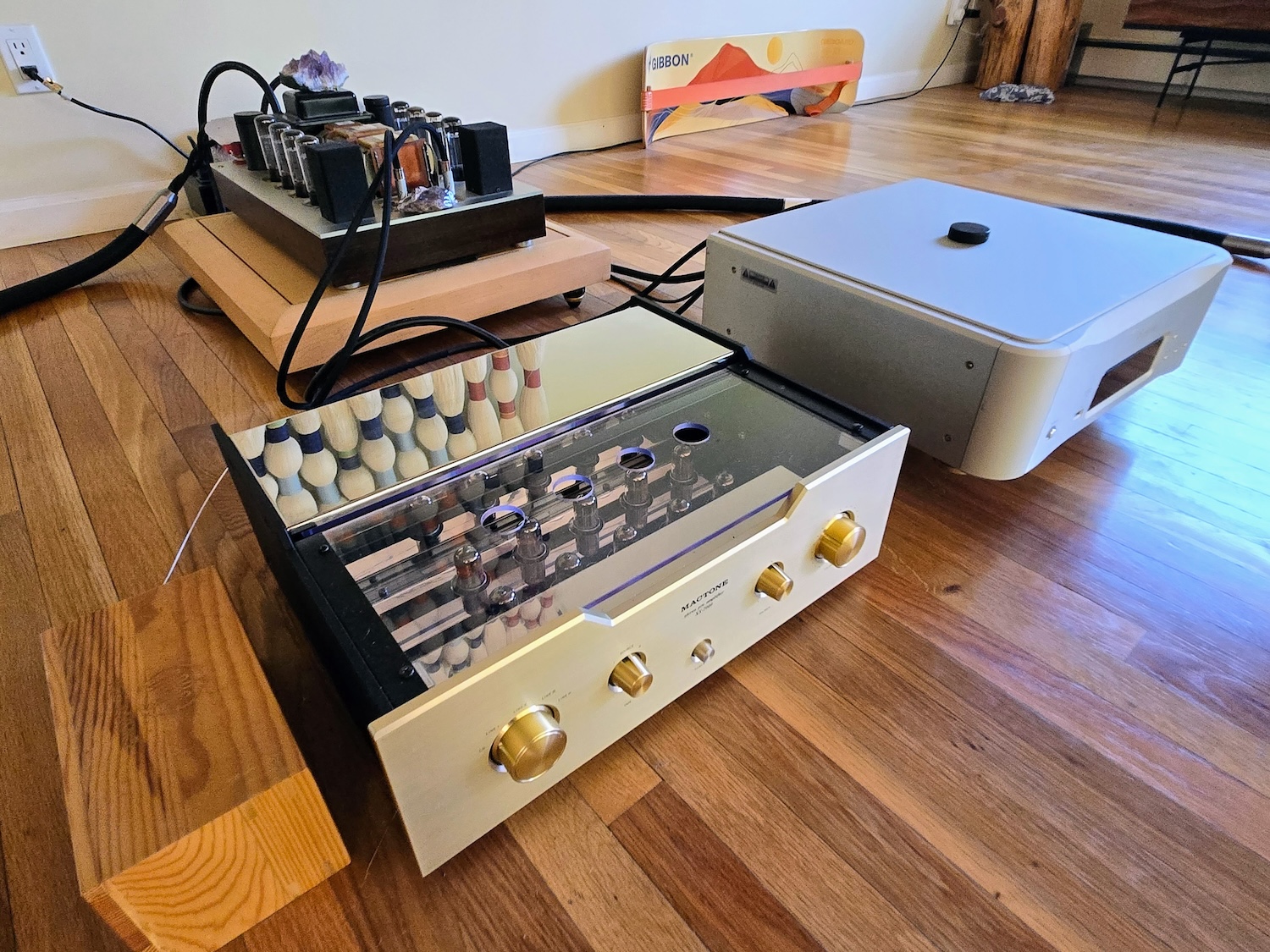
The top plate incorporates a plexiglass window that allows visual access to the array of glowing 12AU7 tubes beneath, illuminated by subtle blue lighting that accentuates the vacuum tubes. The rear portion of the top panel transitions to a polished chrome section that wraps around to the back panel. This thoughtful design element adds a touch of visual sophistication while serving to dissipate heat from the tube array. The tubes are arranged in a symmetrical pattern that serves both functional layout requirements and aesthetic balance. At 40 pounds, the XX7000's substantial weight reflects the robust internal components, particularly the oversized power transformer and extensive chassis reinforcement designed to minimize mechanical resonance.
Rear panel connections include multiple line-level RCA inputs, two sets of output connections, and a grounding post. All connectors are gold-plated and securely mounted to the chassis for optimal signal transfer and long-term reliability.
The Technology
The XX7000 represents what Mactone describes as "a rare line preamplifier that aims to reproduce the sound of a live concert performance as close as possible." According to the manufacturer and pardon the Google translation, it "serves as a command tower that brings out the capabilities of speaker systems and power amplifiers to an unimaginable level." This statement reflects Mactone's design philosophy that positions the preamplifier as the critical control center of a high-performance audio system
Mactone characterizes the XX7000 as "a masterpiece made by hand and with know-how based on design methods spanning half a century." This long-term development approach informs every aspect of the preamp's construction, from circuit topology to component selection. The company has specialized in vacuum tube amplification since its founding, with particular emphasis on Output Transformer-Less (OTL) designs.
According to Mactone, the XX7000 "adopts the world's first circuit method that uses a parallel connection of triodes in the SEPP method." This Single-Ended Push-Pull configuration represents an unusual application of a topology more commonly found in power amplifier designs. The company explains: "After many years of research and development and experimental results, we were able to prove that we could expect extremely effective sound quality, so we decided to commercialize it."
The OTL design eliminates output transformers, which Mactone has long considered optimal for signal integrity. As they note: "Since our founding, we have been creating high-quality amplifiers, and we still produce tube-type OTL amplifiers, which are considered to have the best sound quality, especially in power amplifiers."
One of the XX7000's most significant technical achievements is its exceptionally low output impedance. Mactone states: "Because the internal impedance of the circuit is extremely low, the output impedance is at its lowest, at several tens of ohms. This value without feedback means that the speed of the amplified electrons does not decrease, and the influence of the circuit is reduced, making the frequency characteristics flat from a few Hz to several hundred kHz."
This low impedance characteristic (unusual for tube designs) enables the preamplifier to effectively drive virtually any power amplifier regardless of its input sensitivity or impedance requirements.
While the predecessor XX-5000 model utilized 12BH7 vacuum tubes, the XX7000 exclusively employs 12AU7 dual-triodes. Mactone notes: "The XX-5000 mainly uses 12BH7 vacuum tubes, but the XX-7000 uses 12AU7 tubes in all of its specifications. The capacitance of the capacitors has also been changed to the appropriate value. Some changes have also been made to the circuit."
The substantial array of ten tubes operating in parallel provides multiple technical benefits including improved current delivery, statistical noise reduction, and enhanced bandwidth.
Mactone's approach explicitly avoids negative feedback, which they consider detrimental to certain aspects of reproduction. Their technical explanation relates this to electron behavior and frequency response: "the speed of the amplified electrons does not decrease, and the influence of the circuit is reduced, making the frequency characteristics flat from a few kHz to several hundred kHz. The input audio signal can be reproduced without any missing sound."
The XX7000 features what Mactone describes as "a power circuit with ultra-low impedance using a large-capacity capacitor and a large power transformer." They further explain: "the power supply section and other parts have an excellent S/N ratio thanks to the know-how of circuit design over many years, and the high-voltage, large-capacity capacitors work together to make the grain of each instrument sound clear."
Mactone emphasizes their manufacturing approach: "All wiring is done by hand by experts, and no printed circuit boards that affect sound quality are used." This point-to-point wiring technique represents both a technical choice and a philosophical statement about optimal signal path construction.
My Rig
Before we wade into the subjective swamp of sonic impressions, a little context: my system.
Now, I realize this may get me excommunicated from Tracking Angle and could result in Michael Fremer ghosting me for a month, but I need to come clean: I'm on a temporary break from vinyl. I know, I know. Burn me at the stake and press my ashes into a 180g limited-edition reissue.
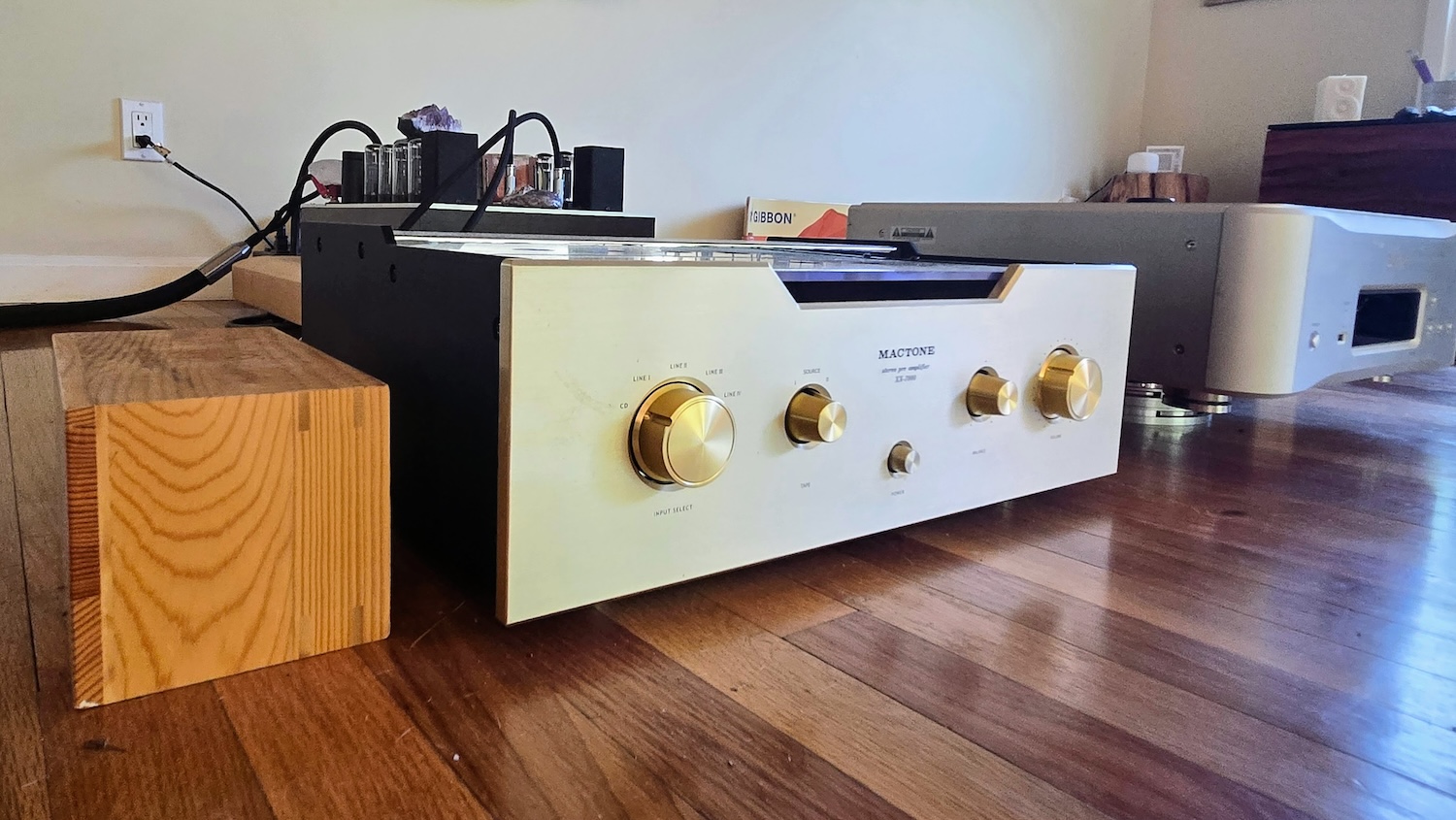
The truth is, I've never been the world's most responsible vinyl owner. I'm the guy with 20 LPs splayed out like playing cards across the floor. Michael's been to my place, taken one look at the mess, and gone full audiophile dad mode, scolding me, and, in one now-legendary visit, actually slapping sticky notes on my records that read "Please clean me!" and "Please put me away: this is not right." He wasn't wrong.
But alas, my attention span has always leaned more toward Roon: a software platform I hold in equal emotional regard to my children and my dog. Yes, it's that serious.
So, for this evaluation, the analog front end is benched. The digital baton is carried by the Esoteric N-01XD DAC, which has up until now been going direct into my Aurorasound PADA EL34-based push-pull power amplifier via the DAC's internal digital volume control.
The Aurorasound PADA puts out 42 watts of EL34-fueled glory and is one of those rare amplifiers that slays giants, some of them costing five times as much. I've cycled a ridiculous number of heavyweight amps through this room, and the PADA just keeps embarrassing them.
Loudspeakers? Nothing less than the Alsyvox Caravaggio ribbon planars: full-range, high-sensitivity (94dB), 4-ohm beauties. These speakers marry perfectly with the Aurorasound: effortless dynamics, zero strain, and gobs of resolution with none of the usual ribbon fragility.
Power conditioning is handled by the ever-impressive Sound Application TT-7 SFS, which continues to prove that, yes, your system does sound better when your AC isn't full of municipal sludge.
Listening
There comes a moment in every audiophile's journey when certainty dissolves into humility. For a quarter-century, I've repeatedly declared "final victory" over the endless pursuit of sonic perfection, only to be humbled anew by some unexpected revelation. My long-suffering family has borne witness to these cyclical epiphanies with knowing smiles. Yet the introduction of Mactone's XX7000 preamplifier into my reference system represents something altogether different: less an incremental step forward than a paradigmatic shift in musical reproduction.
Consider this: even handicapped by the digital volume control of my Esoteric DAC (a configuration that would make most purists recoil in horror) the XX7000's insertion into the signal path wrought an immediate, unambiguous transformation. We're not discussing subtle refinements requiring concentration and comparative A/B testing; rather, this was music's DNA being fundamentally restructured before my ears.
The most apt metaphor would be the removal of dynamic compression from the recording itself. Prior to the Mactone's arrival, my system exhibited admirable transparency and precision, yet suffered from a certain spectral anemia: a thinness suggesting that musical information was being imperceptibly constricted. With the XX7000 in place, instruments and vocalists were liberated from speaker confinement, materializing within the listening space with startling corporeality.
I've long observed the correlation between amplifier capability and transducer emancipation. Inadequately powered speakers sound constrained, whereas properly energized ones transcend their physical boundaries. The Mactone facilitates precisely this liberation, though through means that transcend simple wattage specifications.
Take "Alternate Two" from Alternate Blues (Pablo/Analogue Productions AAPJ 152), that remarkable session featuring Clark Terry, Freddie Hubbard, Dizzy Gillespie, and Oscar Peterson: a recording that somehow surpasses most commercially finished releases in its sonic integrity.
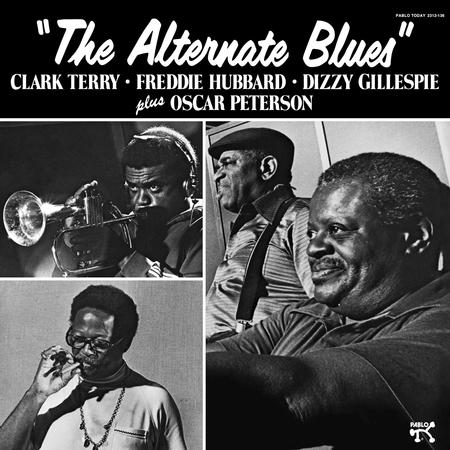
Through the XX7000, the spatial delineation of brass and piano achieved an almost architectural precision. Each instrument now occupied its distinct spatial and emotional territory, with Peterson's piano notes floating in dimensional counterpoint to the horns' burnished declarations.
My recent explorations of minimalist avant-garde jazz have led me to cymbal-rich ambient compositions like Breaking the Shell (Bill Frisell, Andrew Cyrille, Kit Downes—Red Hook AREHK 62534).
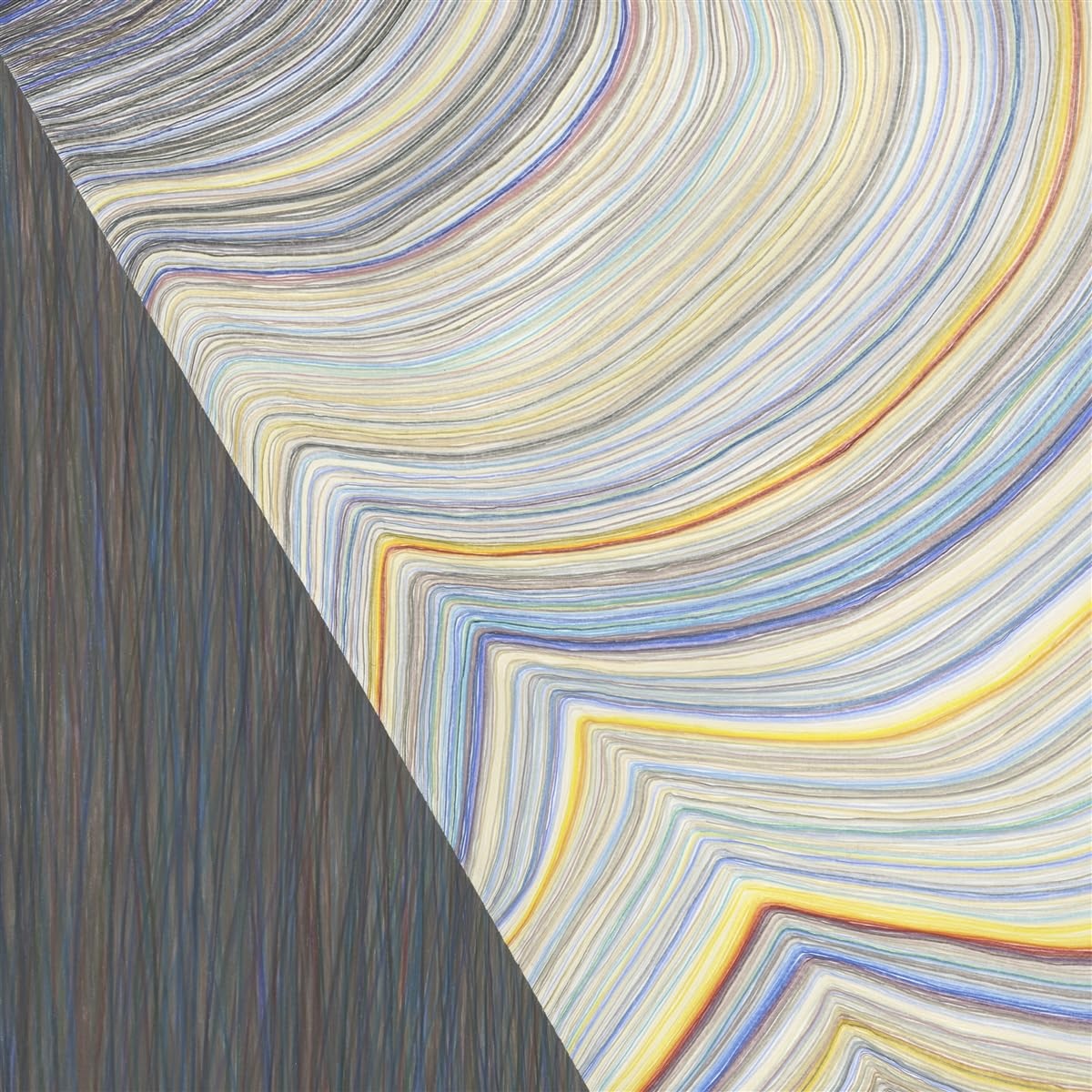
The track "Sjung Herte Sjung" represents among the finest recordings in my collection. The Mactone didn't merely render it with greater clarity: it imbued the performance with kinetic energy, transforming what might be termed a sonic photograph into a fully-realized sculptural experience.
Regarding transient response (historically my primary justification for direct DAC connections) I anticipated compromise. My experiences with transformer-based passives, stepped attenuators, and premium active designs from manufacturers like Pilium had invariably revealed trade-offs in immediacy. Yet within moments of the Mactone's integration, I recognized an exceptional preservation of attack characteristics. To verify this impression, I turned to my reference recordings for percussive articulation: Tony Williams' cymbal work on Freedom Jazz Dance (Miles Davis's Bootleg Series Vol. 5) and Jack DeJohnette's masterful drumming on In Movement (ECM 2488 with Ravi Coltrane and Matthew Garrison).
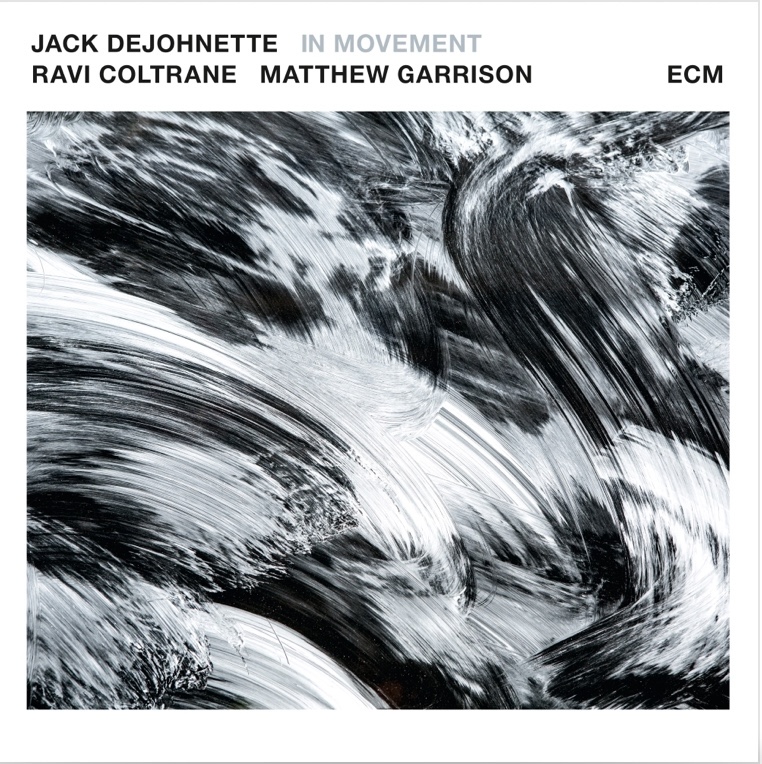
The transient integrity remained largely intact, with any microscopic diminishment more than compensated by gains elsewhere.
Those gains manifest primarily as enhanced dimensional realism. Instruments acquired appropriate mass and positional specificity; voices projected into the room with uncanny solidity and textural complexity. This performance suggests a reconceptualization of preamplifier priorities. The Mactone literature offers no elaborate treatises on volume control architecture: no hyperbolic descriptions of exotic resistor networks or relay systems. Instead, the magic evidently derives from holistic design synergy: ten vacuum tubes operating within optimal parameters, direct-coupled output sans transformer, exceptionally low output impedance, and current delivery sufficient to allow downstream amplification to realize its full potential.
The XX7000's influence on low-frequency reproduction merits particular attention. My Alsyvox Caravaggios theoretically extend to 22Hz, yet have historically provided somewhat tentative bass response in my substantial listening environment. Previous remediation attempts (subwoofer integration, digital signal processing) yielded unsatisfying results.
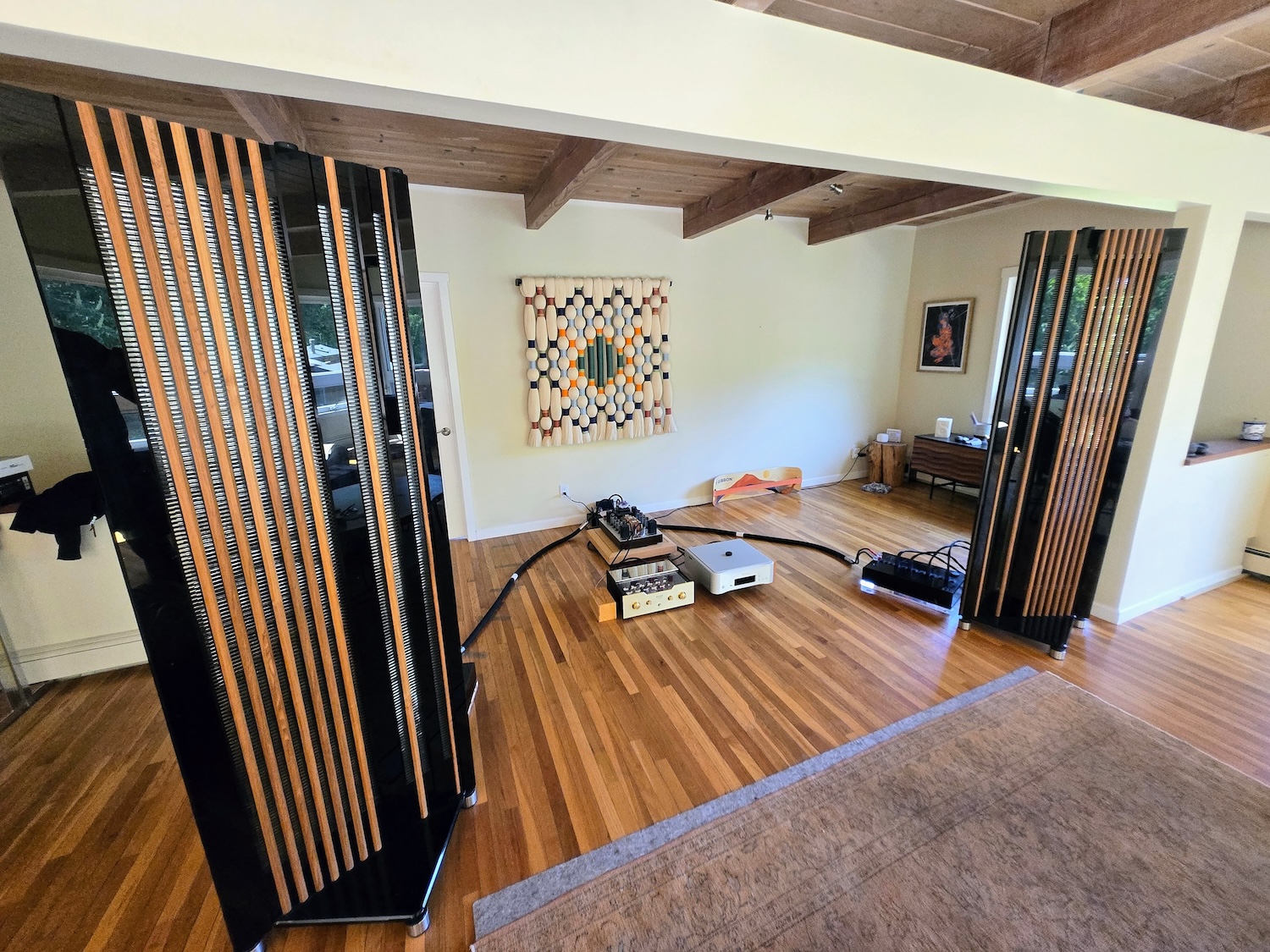 Alsyvox Caravaggios
Alsyvox Caravaggios
The Mactone, however, has fundamentally transformed this aspect of reproduction. Listening to Erykah Badu's "Rimshot" from her 1997 debut album Baduizm (Kedar UND 53027), Kanye West's "Say You Will" from his album 808s & Heartbreak (Def Jam, Roc-A-Fella), and Daniel Lanois's "Every Nation" from Heavy Sun (Maker Series), I experienced genuine visceral impact: that sub-40Hz region manifested not merely as acoustic pressure but as articulate musical information, maintaining pitch definition while delivering physical sensation.

 808s & Heartbreak
808s & Heartbreak
Perhaps most remarkable is the XX7000's contribution to system coherence. Previous speakers like the Loiminchay Kandinsky 2-way horn system utilizing TAD drivers, despite their manifold virtues, never quite achieved seamless integration between transducer elements. The Alsyvox ribbons resolved this discontinuity while sacrificing the satisfying foundational weight I'd previously enjoyed with say, the mighty PMC Fenestrias and their transmission-line loading.
The Mactone has bridged this divide, delivering a presentation that maintains ribbon-driver transparency while recovering much of the authoritative bass foundation I'd relinquished. While my current configuration doesn't provide the seismic impact characteristic of Wilson Audio's flagship offerings, it does deliver truthful, articulate low-frequency reproduction that complements the ribbons' inherent delicacy and immediacy.
The Wrap Up
The Mactone XX7000 is not just another luxury preamplifier vying for your attention (and, let's be honest, your bank account). It's the distilled expression of a design philosophy that laughs in the face of planned obsolescence and the techno-fetishism that so often pollutes modern high-end audio. While the West chases specs like a dog after its own tail, Mactone perfects experience.
What it delivers is not merely sound reproduction but musical manifestation. This preamp doesn't "add warmth" or "sweeten the treble": it dissolves the gear-to-ear barrier and reveals what your recordings (and your soul, if we're being melodramatic, which I am) have been aching for: dimensional, coherent, and deeply involving sound. It speaks less to the brain and more to the part of you that got goosebumps when you first heard Coltrane or Cohen or Cash.
Is it for everyone? Of course not. If you crave "clinical neutrality" or the sterile precision of endless A/B testing, the XX7000 might perplex you. But for those who understand that great audio is as much philosophy and emotion as it is engineering, well, this is one of the rarest kinds of components: a vessel of intent. A spiritual heir to the Japanese masters who believe, even in this era of disposable everything, that some things are still worth building to last a lifetime. Or two.
And as for me? Let's just say my Esoteric's volume control has been permanently benched. Michael Fremer can have my vinyl sins: I've found a new religion.
————finis———
Tracking Angle welcomes David Hyman, who writes:
"My love for music started young. My older brother disappeared to Hawaii and left behind more than 500 records and a pair of Magnepans. I picked up a Nakamichi and started selling duplicates of his albums to friends at school. That addiction deepened fast: I saw over 100 Grateful Dead shows before I turned 21, and co-founded Addicted to Noise and SonicNet during the Wild West days of the early internet. That eventually landed me as SVP of Marketing at MTV by 28. I went on to co-found Gracenote, then MOG, which became Beats Music, and ultimately Apple Music, and later ran Pono for Neil Young, where I lived through both the beauty and challenges of taking high resolution audio mainstream. Through it all, a ridiculous amount of gear has come and gone. If I've learned anything, it's that I have no religion or dogma. Digital or vinyl, planars or horns, tubes or silicon, there are many ways to skin the sonic cat. This is my first published review, but I've been listening like my life depended on it for most of my life."
Specifications
N/A
Manufacturer Information
imported by True Source Audio


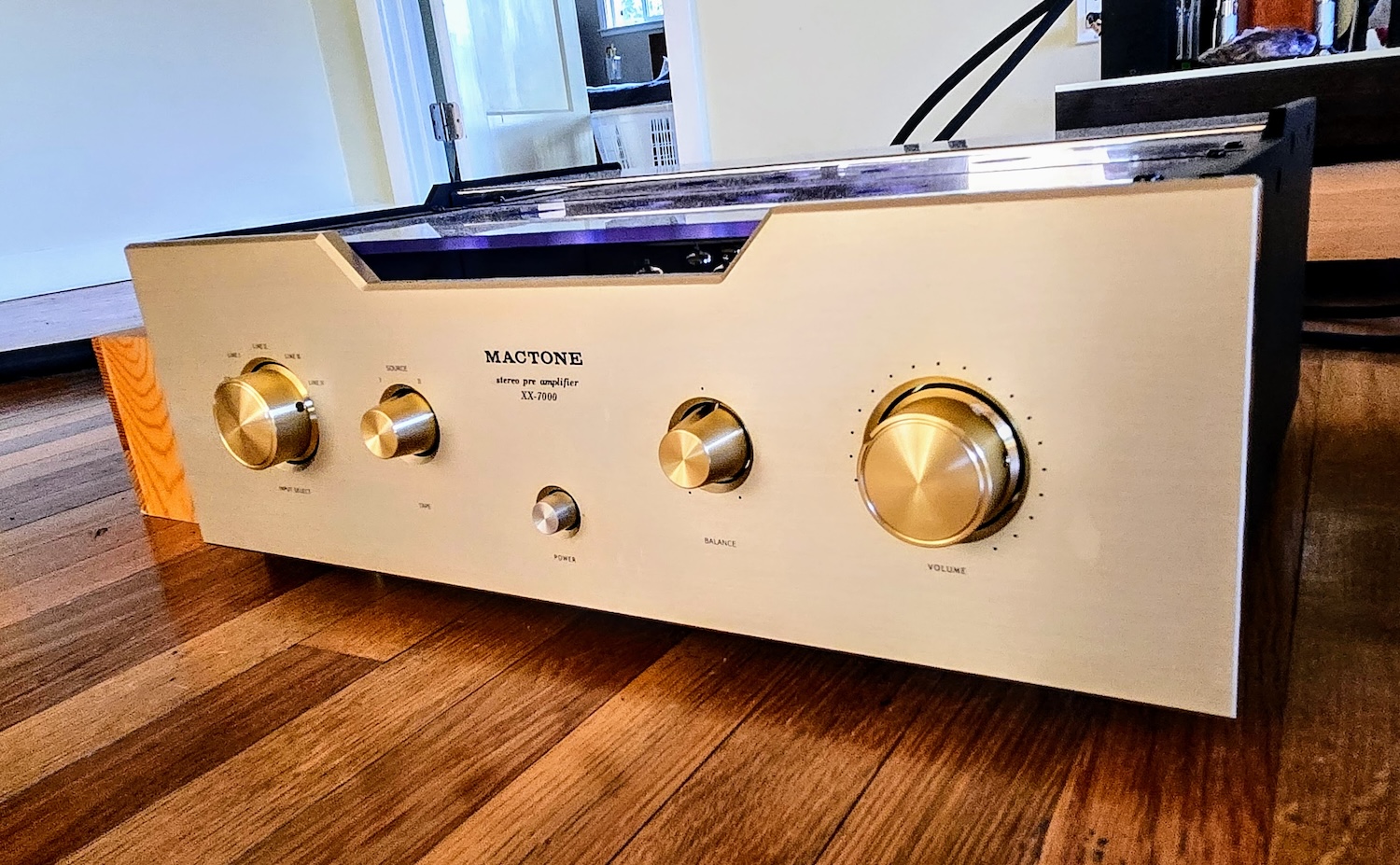

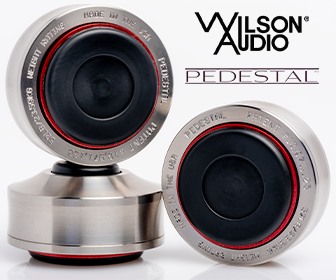
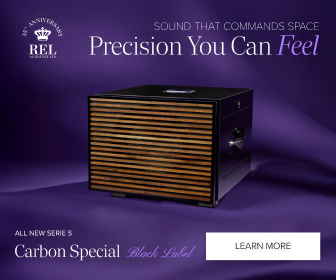
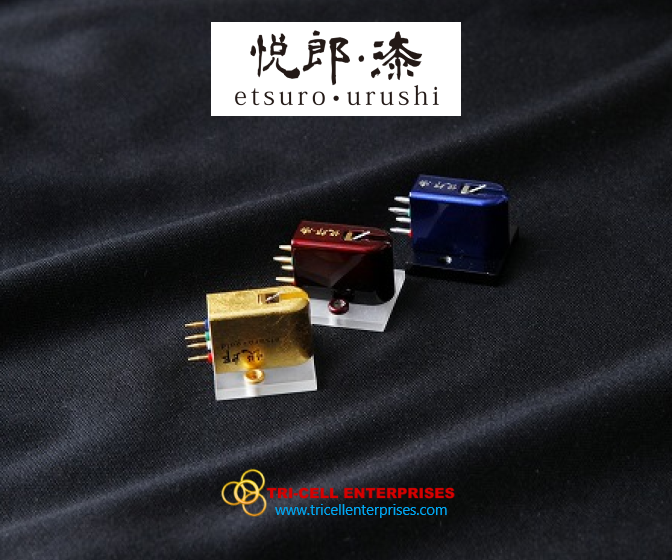

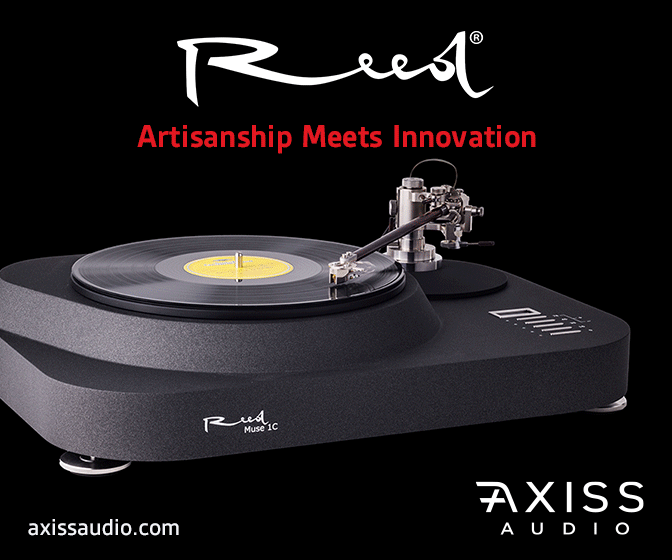
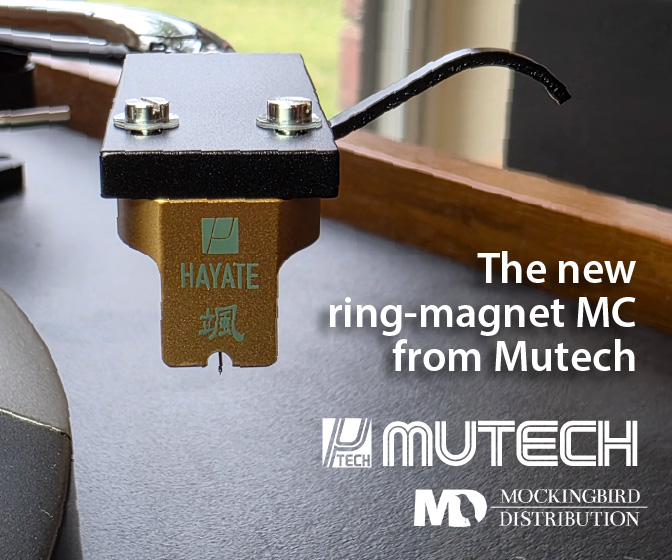
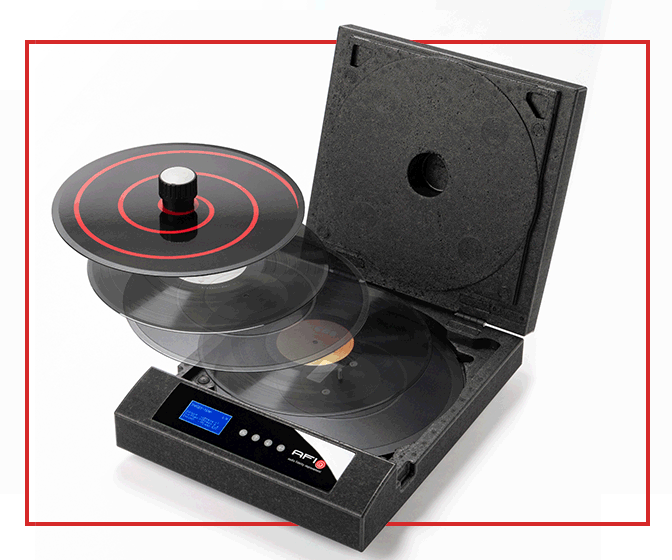
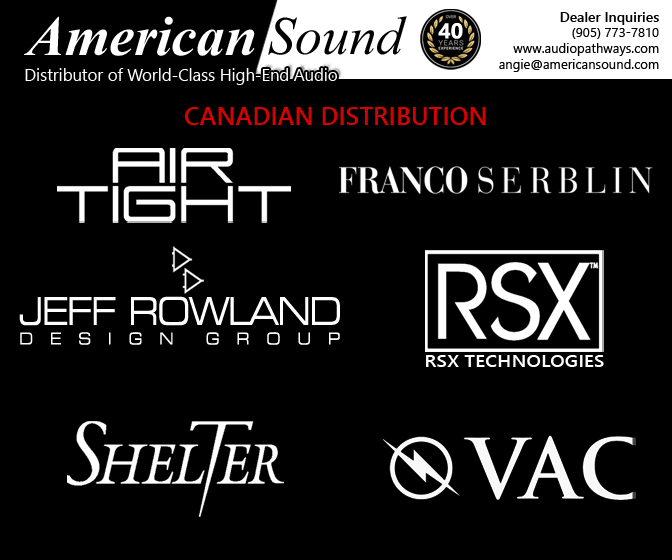
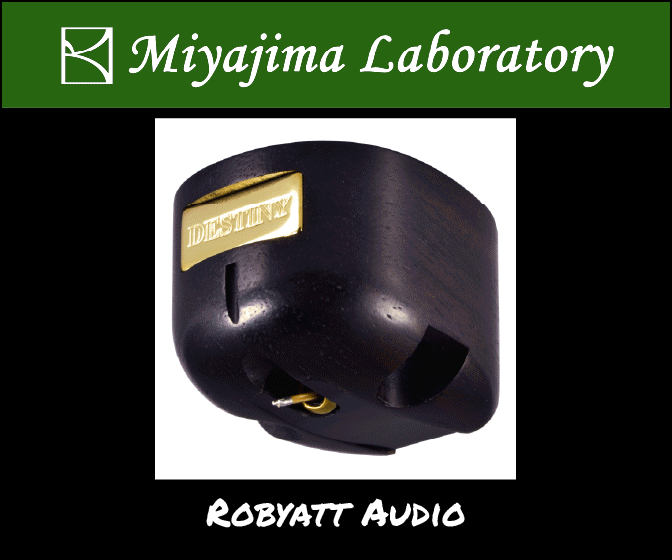
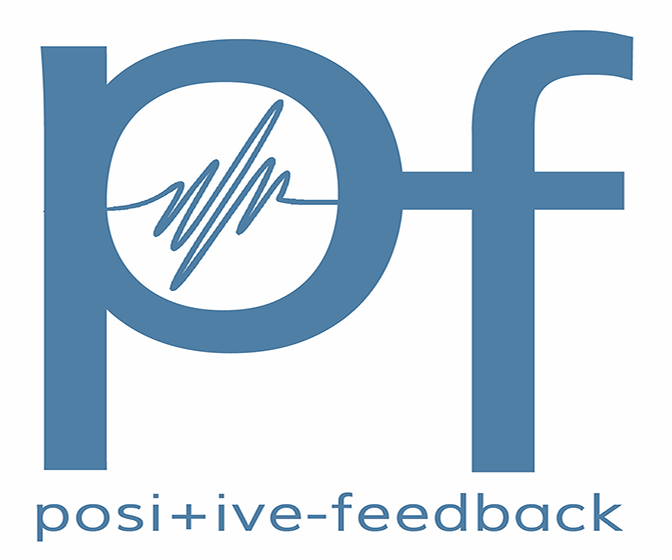


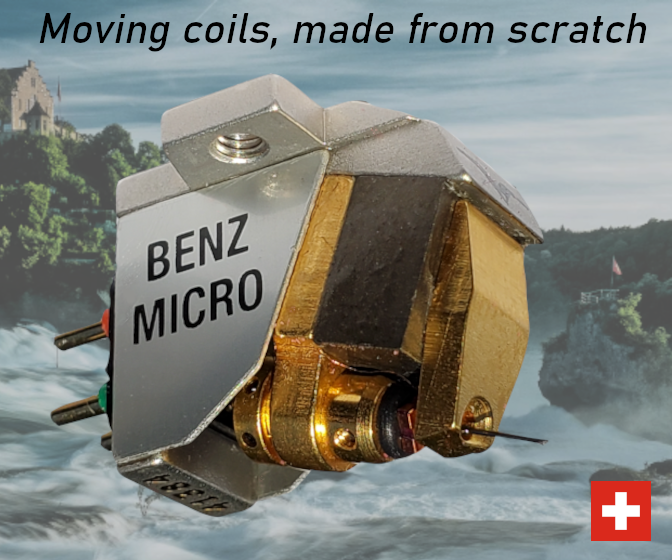

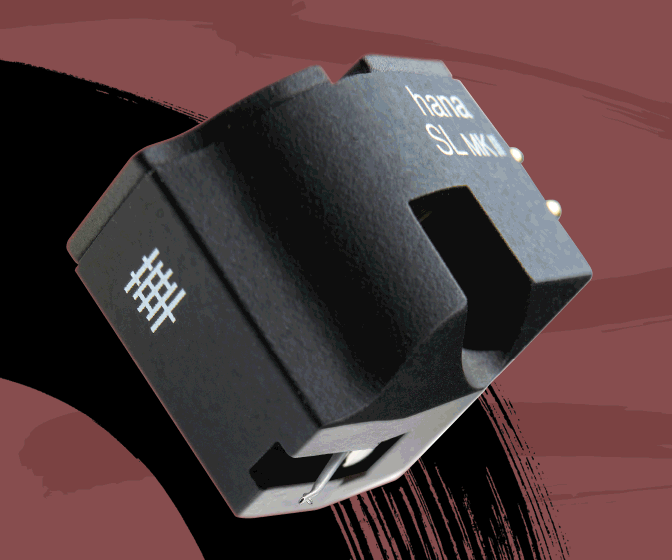
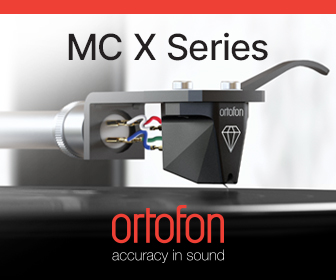
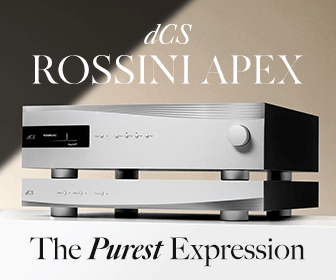
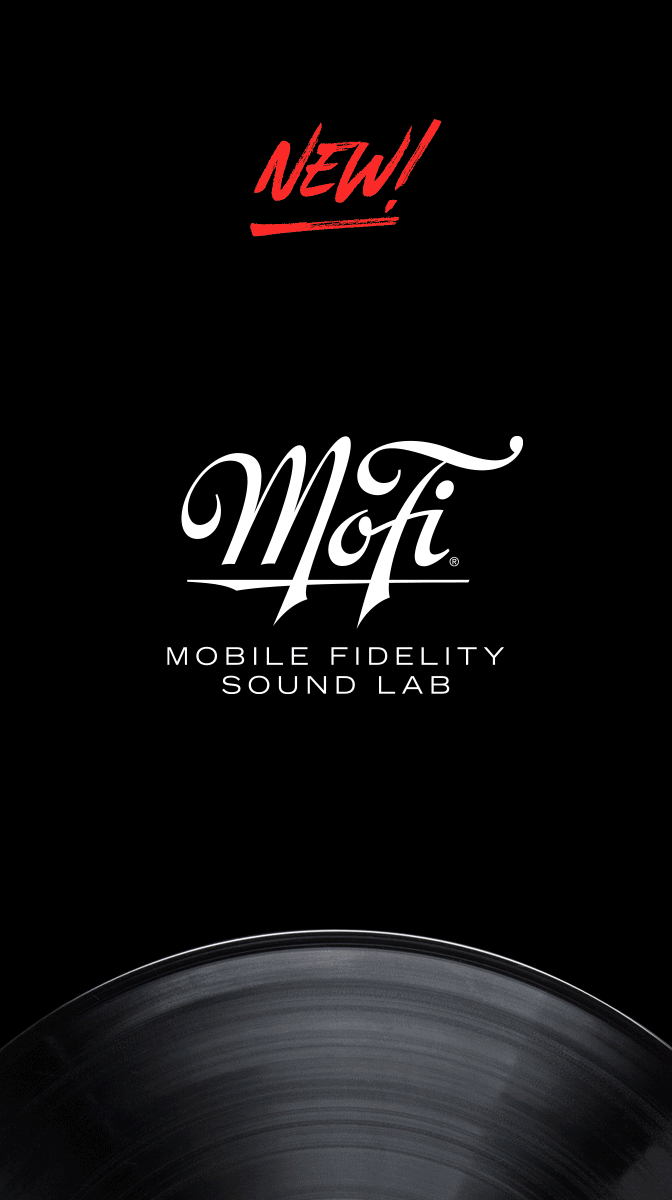
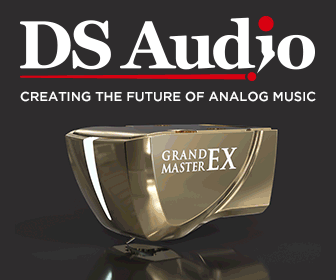
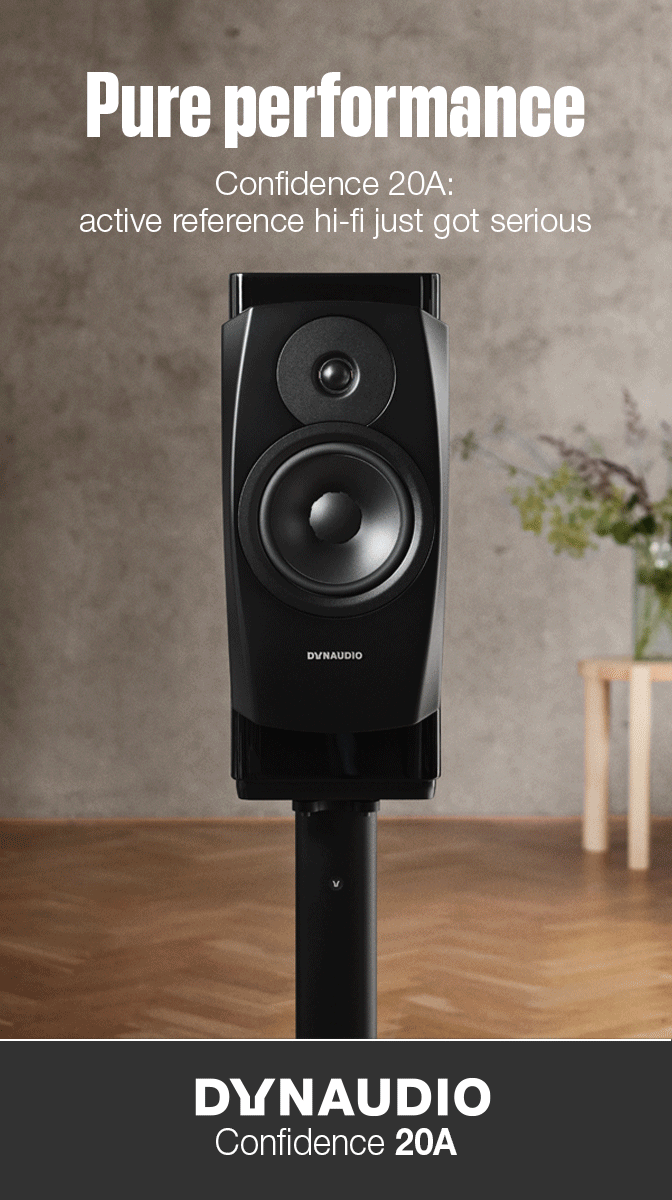
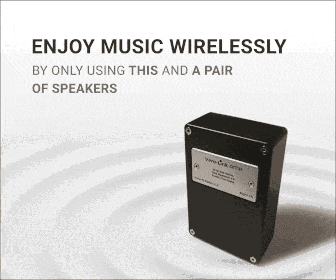
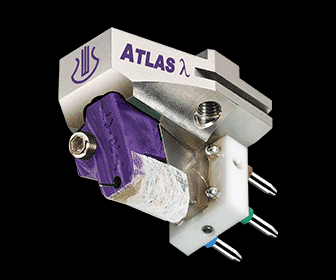

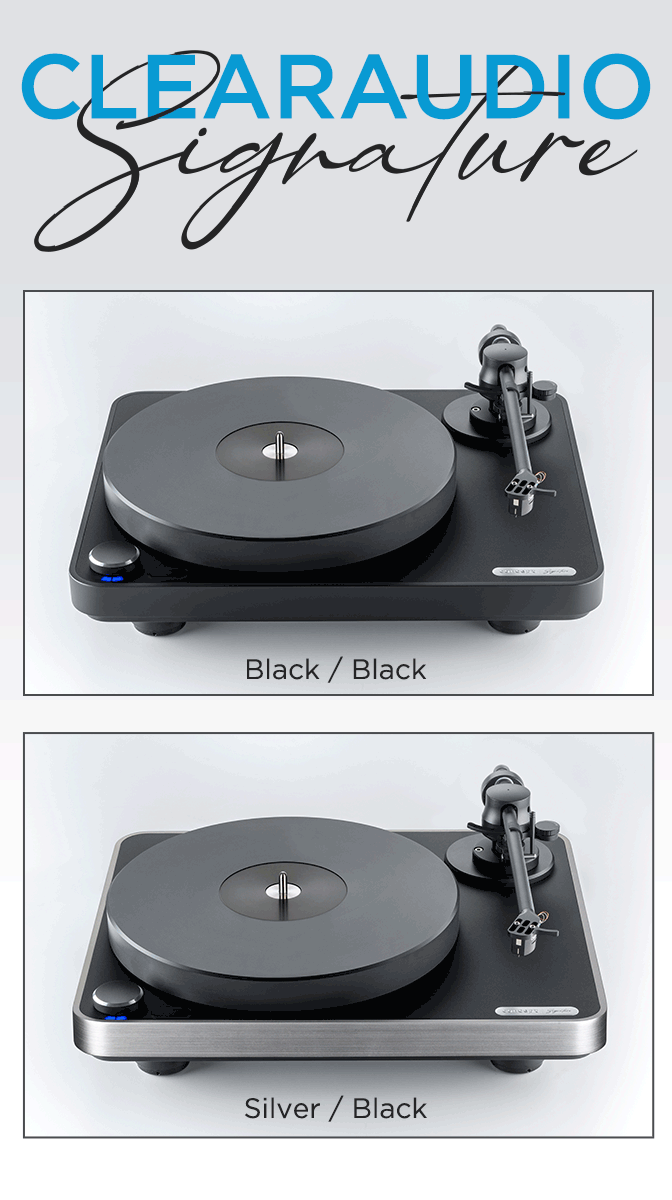


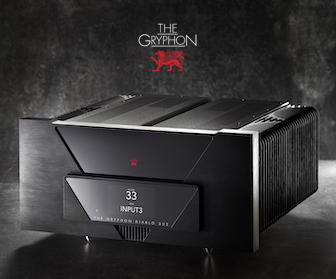
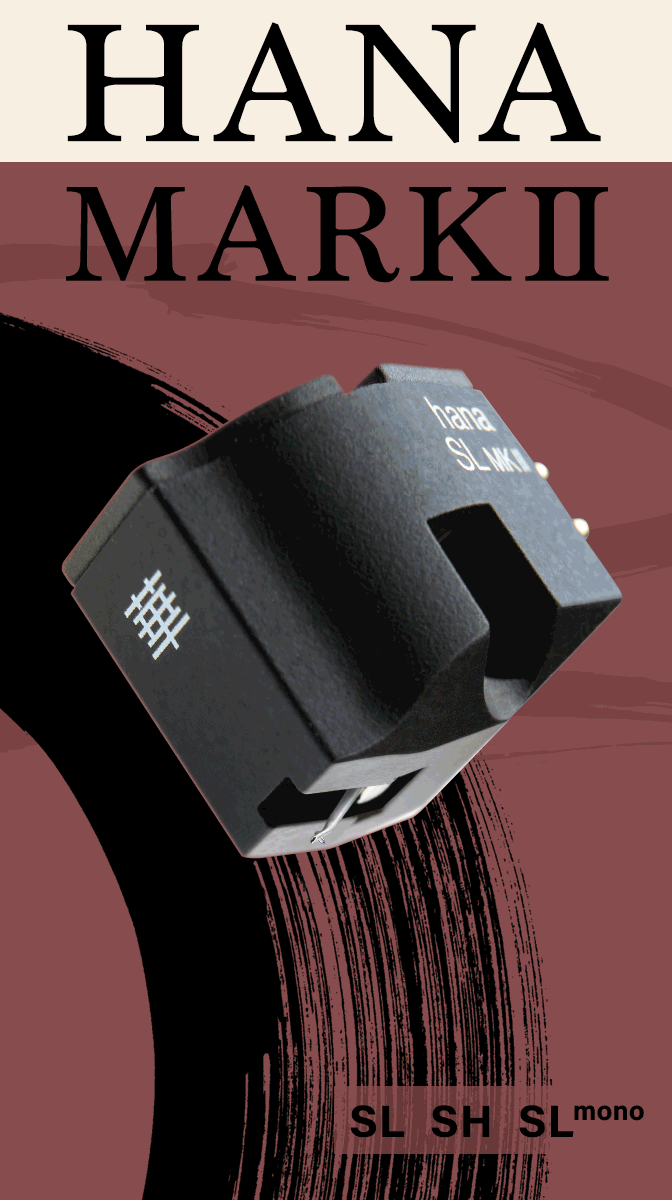


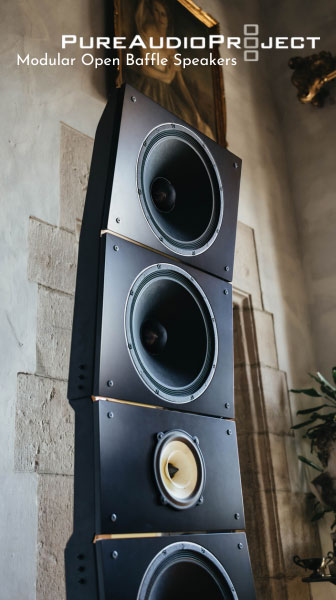






.png)








